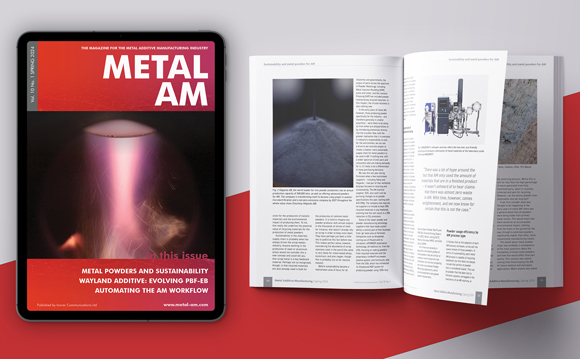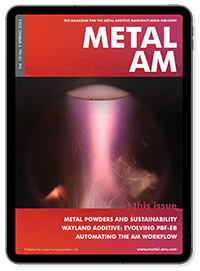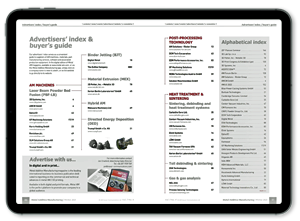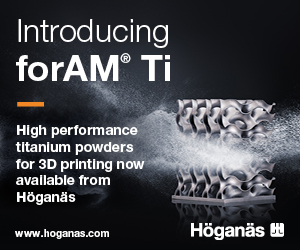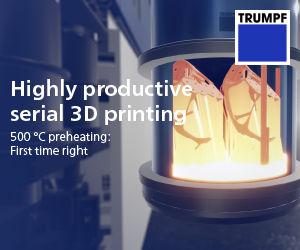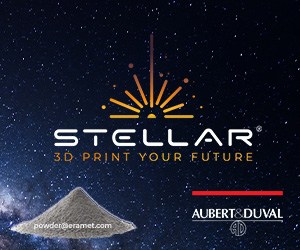FDA issues statement on Additive Manufacturing for medical applications
December 7, 2017
The US Food and Drug Administration (FDA) has issued a statement concerning the Additive Manufacturing of medical products and devices. In the statement, FDA Commissioner Scott Gottlieb, M.D., commented on recent developments in medical Additive Manufacturing and announced the introduction of new guidelines for manufacturers of medical devices using additive technologies.
The agency is reported to be the first in the world to provide a comprehensive technical framework specifically for medical AM. In his statement, Gottlieb said the FDA was “preparing for a significant wave of new technologies that are nearly certain to transform medical practice.” The FDA was said to be working to provide a more comprehensive regulatory pathway in order to keep up-to-date with new advances and facilitiate “efficient access to safe and effective innovations that are based on these technologies.”
According to Gottlieb, the FDA has now reviewed more than one-hundred AM medical devices currently on the market, citing as examples “knee replacements and implants designed to fit like a missing puzzle piece into a patient’s skull for facial reconstruction.”
He stated that the FDA now operates its own state-of-the-art Additive Manufacturing facilities for regulatory purposes, with engineers at the agency’s Center for Devices and Radiological Health (CDRH) now using AM to investigate the effects of redesigning devices for AM on their safety and performance and determine how iterative changes alter a device’s fit and functionality. “This research helps inform us as regulators to help us understand the policy framework necessary to ensure the quality and safety of 3D printed products,” he continued.
The FDA’s new guidance aims to advise device manufacturers on technical aspects of AM and clarifies the FDA’s recommendations for the submission of additively manufactured medical devices for review. “It includes our thinking on various approaches to 3D printing, including device design, testing of products for function and durability, and quality system requirements,” Gottlieb explained.
“Overall, it will help manufacturers bring their innovations to market more efficiently by providing a transparent process for future submissions and making sure our regulatory approach is properly tailored to the unique opportunities and challenges posed by this promising new technology.”
However, the FDA was quick to clarify that it expects this technical guidance to be updated as AM technology continues to evolve. “We are already seeing the beginning of this evolution as hospitals and academic centres use their own 3D printers to create innovative dental implants, replacement knee joints and experimental heart valves and bone implants for use in clinical studies,” Gottlieb stated.
“We’re working to establish a regulatory framework for how we plan to apply existing laws and regulations that govern device manufacturing to non-traditional manufacturers like medical facilities and academic institutions,” he concluded. “3D printing is certain to alter the daily practice of medicine where patients will be treated with medical products manufactured specifically for them. The FDA has an important mission to help advance these efforts while also protecting patients who depend on medical products to be safe and effective.”
The FDA’s new guidance, titled ‘Technical Considerations for Additive Manufactured Medical Devices’, is available to download via the agency website.



